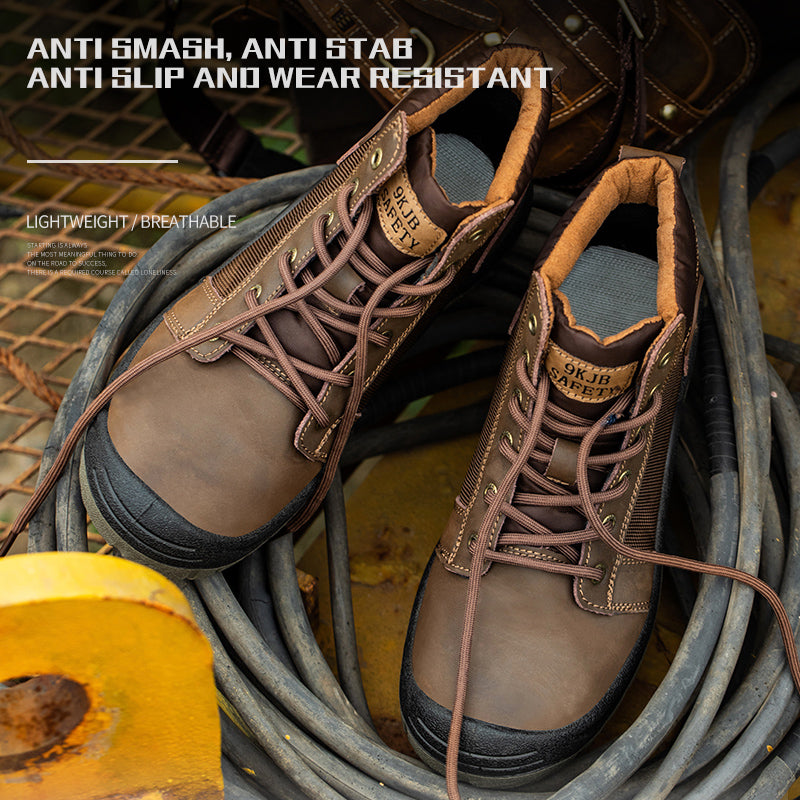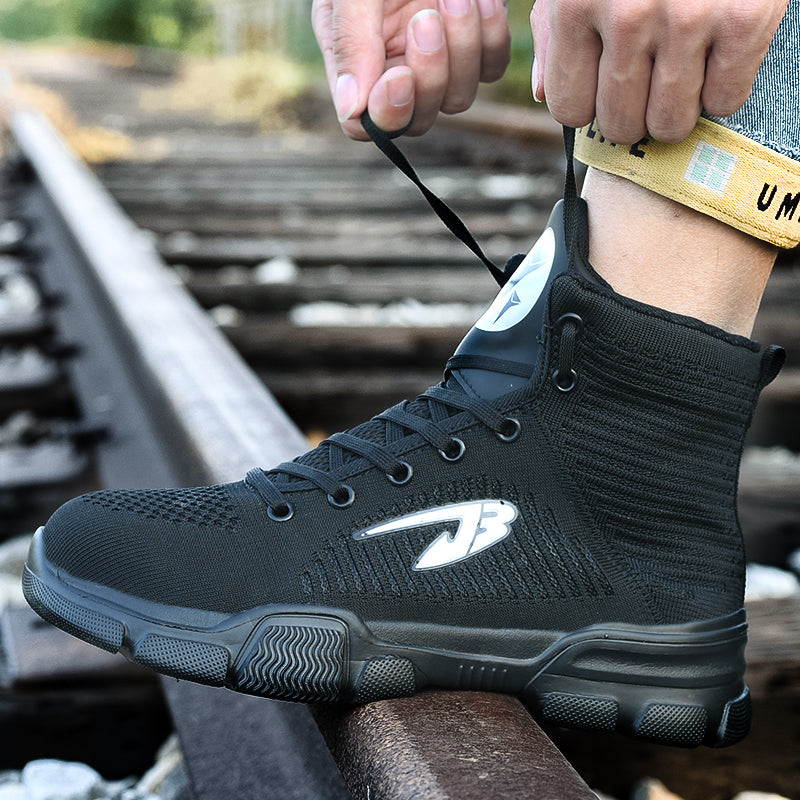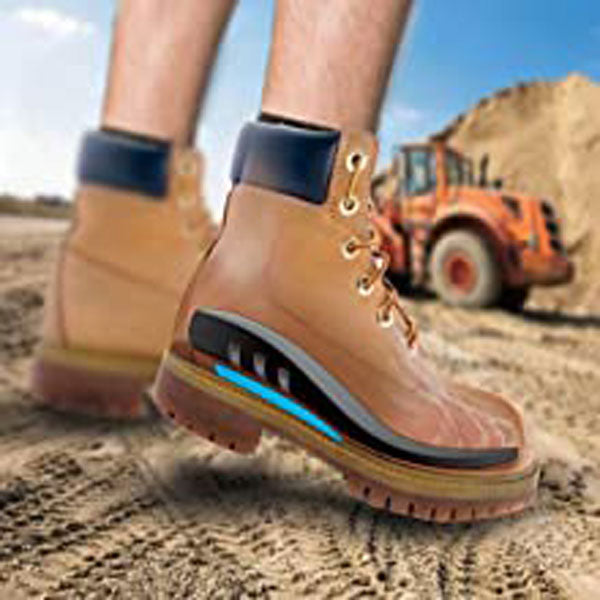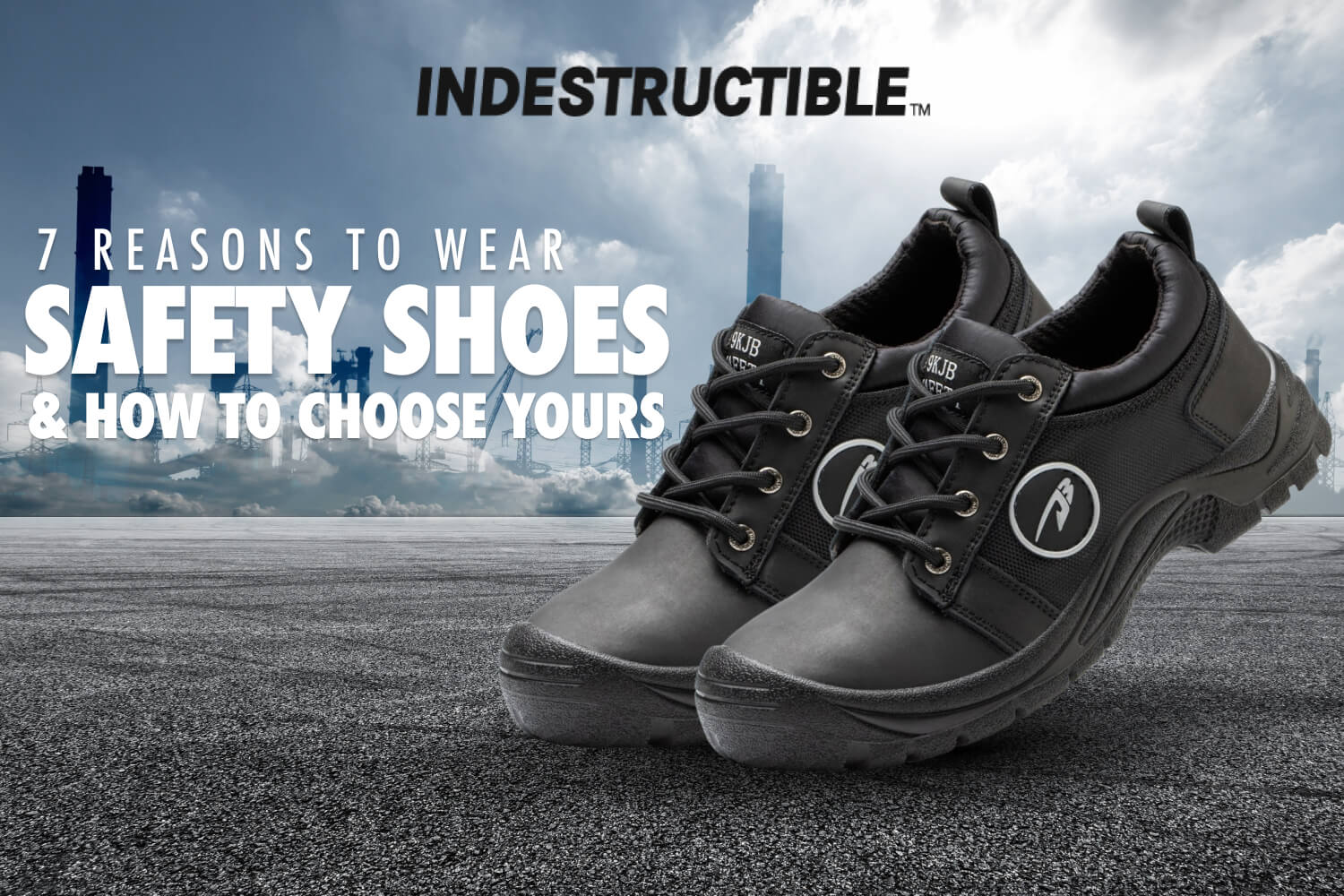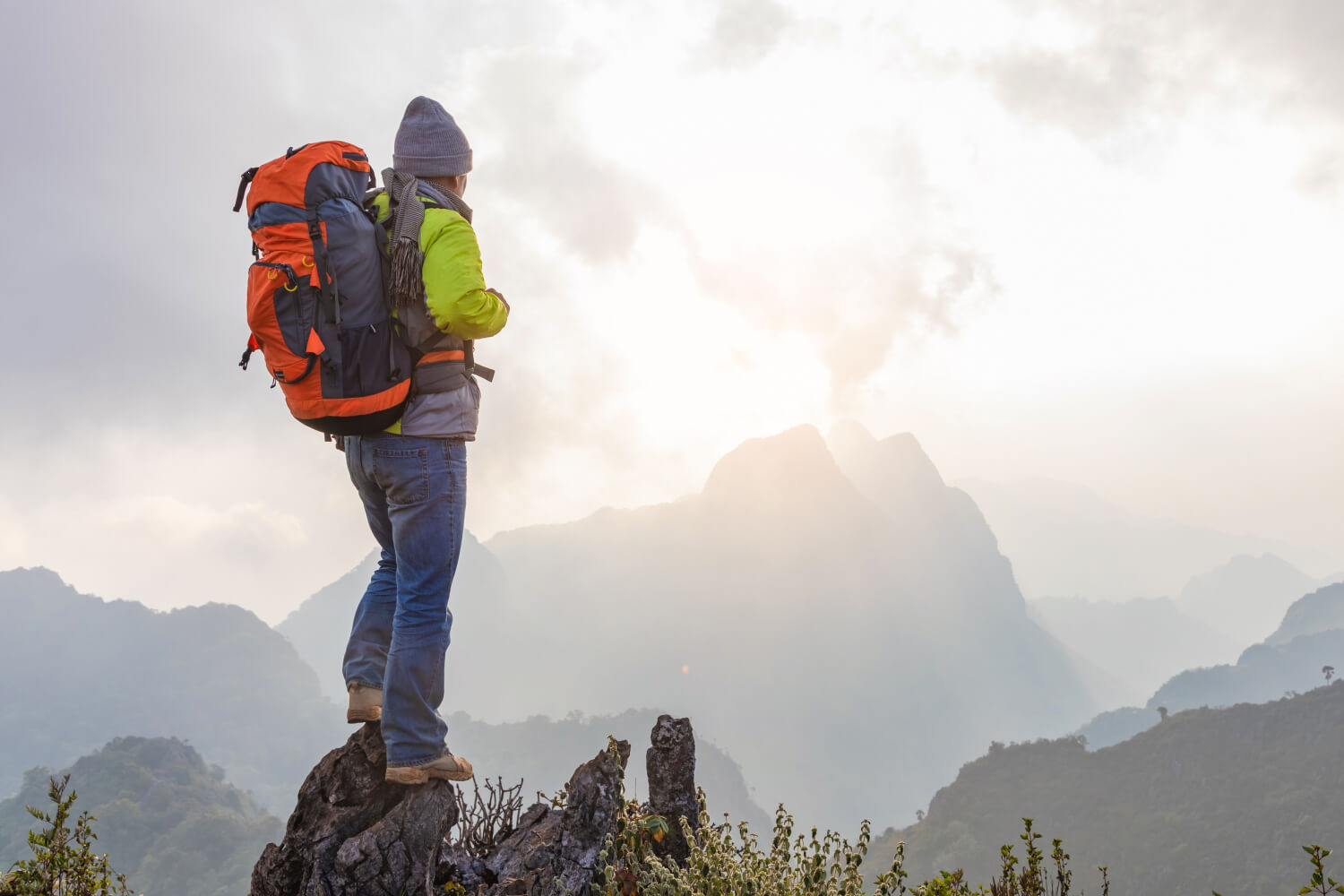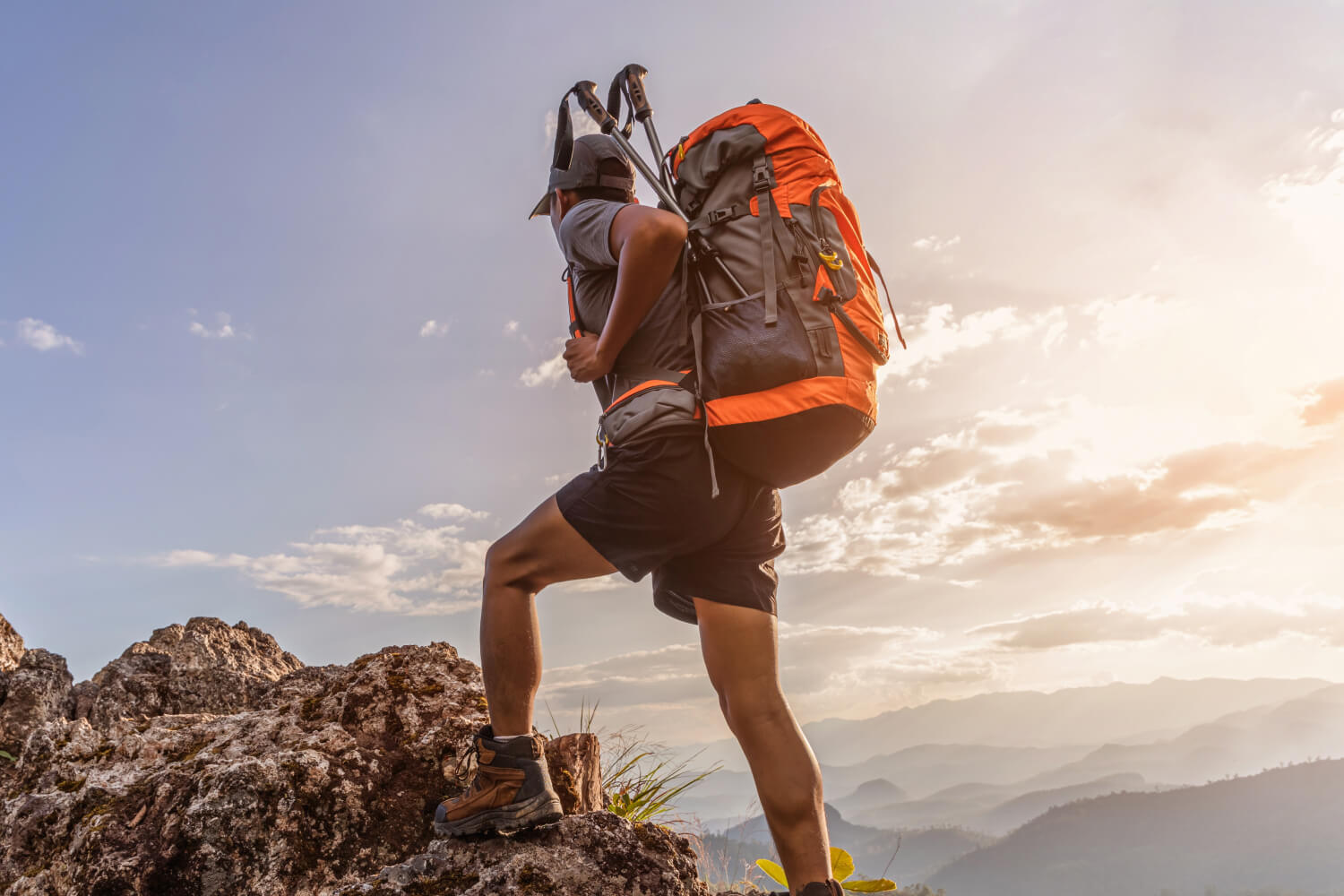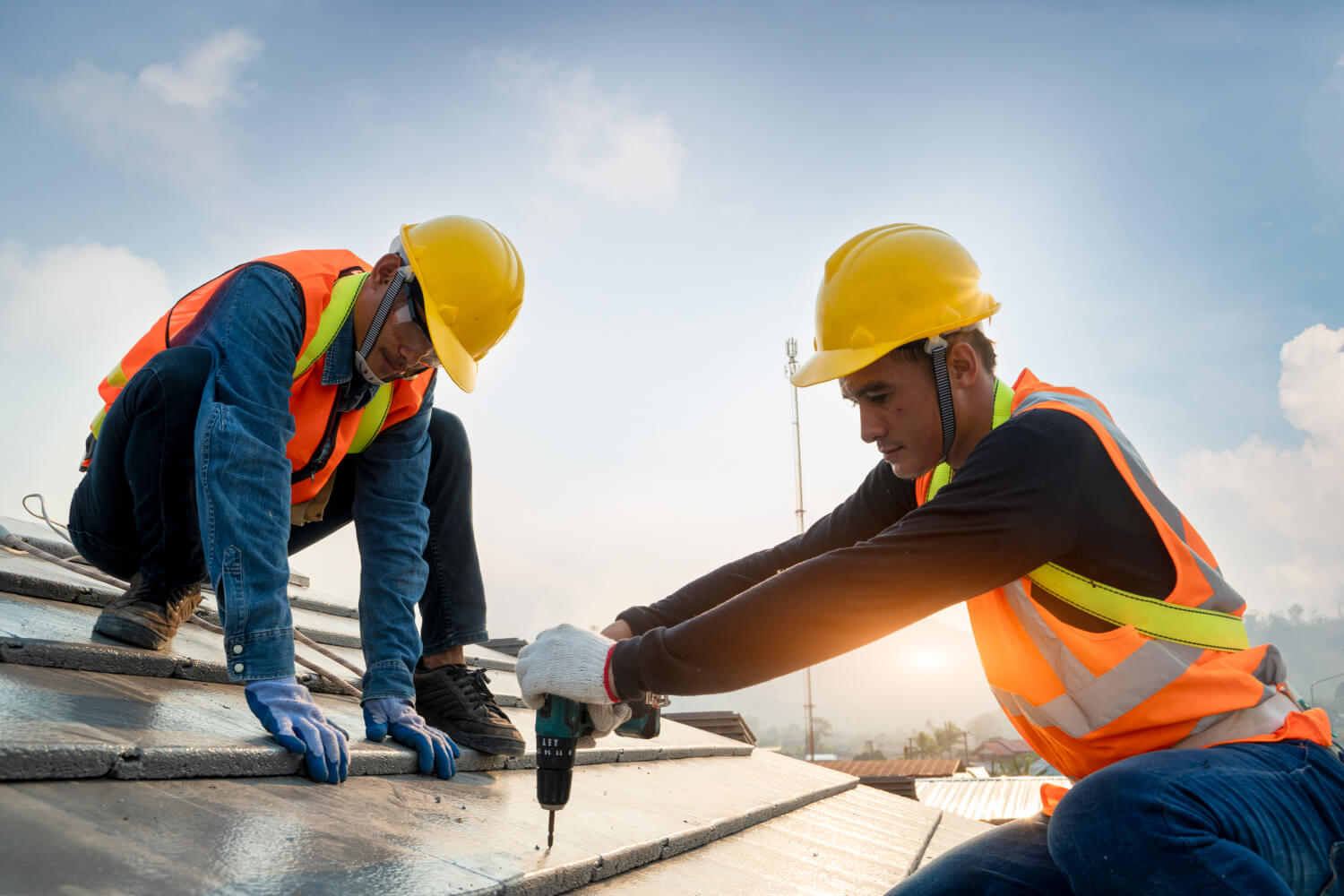Safety shoes come in a wide range of styles to meet the needs of the workplace and environment. Protective safety footwear will protect you from harm on the site, and the right choice will help ensure healthy feet too.
Today's footwear is comfortable, flexible, and stylish as well as protective. Your feet are valuable assets that affect your overall health and productivity. Keeping them healthy and safe from injury is paramount to enjoying everyday success.
7 Reasons you should wear safety shoes.
-
Protection from heavy objects.
Safety shoes will help protect you from serious injury from dropped or falling objects. They can also protect you from crushing hazards, such as when something heavy rolls onto your foot.
-
Protection from sharp objects.
Nails, screws, metal shavings, and even cutting hazards can cause serious injury and stop you from working and enjoying your normal time off activities.
-
Protection against hot environments.
Properly constructed safety shoes can protect your feet from excessive heat in the workplace. Exposure to the heat can cause swelling and excess sweating that leads to other foot issues.
-
Protection against chemical burns.
While you're working around dangerous materials, a good pair of safety shoes can help protect you against chemical burns when there's a spill or splashing.
-
Protection against slippage.
A good pair of safety shoes will provide added protection and grip for stability while operating heavy machinery. In addition, protective footwear can help you avoid falls on slippery surfaces.
-
Protection from foot issues.
Water-resistant footwear can keep your feet warm and dry to keep them healthy and feeling strong. Safety shoes with proper ergonomic and cushioned support help keep your feet and legs from suffering from fatigue.
-
Protection from muscle strain.
In addition, protective footwear that's built lightweight, well-cushioned, and flexible will help prevent muscle strain. Allowing your foot and ankle to move freely while maintaining proper support will help encourage proper posture and reduce back pain.

Examples of workplace hazards by industry.
Workplace injuries can not only slow your production down but also be very costly. The National Safety Council discovered that in 2020 the US experienced 200,955 preventable deaths, 55.4 million injuries, and $1,158.4 Billion in costs from injuries across all industries.
Agriculture Industry:
Farmers, ranchers, and forestry workers have received foot injuries from animals stepping on their feet, falling objects, and stepping on sharp objects. Fire hazards should also be considered when dealing with burn piles and conservation managemend.
Mining Industry:
Slip, trip, and fall (STF) hazards are the most common causes of injuries. Water getting inside the boots also leads to illnesses and injuries in the workplace.
Construction Industry:
Crushing, falling objects, punctures, electrical, and burns are just a few of the hazards people working in the construction industry meet up with.
Manufacturing Industry:
Static electricity, heavy objects, sharp objects, molten metal, and slippery surfaces are some of the hazards present in manufacturing work environments.
Utility Industry:
Long periods of standing, ladder slips, water hazards, sharp objects, heavy objects, electrical hazards, static electricity, burns, and just about everything else you can think of is a hazard in the utility industry.
Warehousing Industry:
Dropped objects, cutting machines, chemical spills, electrical hazards, along with slipping and falling hazards, are the dangers warehouse workers have to prepare for.
Transportation Industry:
Forklift trucks and pallets add to the dangers facing workers in the transportation industry.

Which type of footwear is right for you?
Each environment has its own specific footwear needs. This is why there are so many different combinations and ratings in footwear to choose from.
Consider the environment and the unique risks each worksite poses to determine what level of protection you need. Consider your duties to help determine the kind of comfort and style you prefer.
The best safety shoes aren't just built for protection. They're equally built for comfort and ease to help prevent foot problems from developing. The safest shoes are light, flexible, ergonomic, and impact absorbing.
We've taken the features of different safety footwear and compiled a quick guide to help find the perfect pair to protect your foot safety and overall health on the job.
Comfort Features:
Breathable materials.
Sweaty stinky feet aren't only uncomfortable. They make the perfect breeding ground for conditions like athletes' feet. Keeping your skin healthy and itch-free helps you stay steady on the job and helps keep your work at peak production.
Waterproof materials.
You can further protect your foot health with safety shoes treated to prevent water from penetrating. They will keep your feet warm and dry, leading to more comfortable wear and fewer foot issues.
Flexibility.
Being able to flex your feet and ankles helps you maneuver across objects and uneven ground with less chance of falling. Allowing your foot to have a full range of motion also helps keep cramps at bay, resulting in less stress and strain.
Weight distribution.
High-quality shoes aren't just slapped together. Expertly constructed protective shoes will promote a natural, healthy weight distribution of the body on the feet through all your movements.
Cushioned midsoles.
Proper cushioning helps absorb and distribute shock on the foot and upwards into the rest of the body. Less impact means better protection against injury in the lower back, hips, and feet.
Lightweight construction.
Just because a safety shoe is heavy doesn't mean it's more durable or safer. In fact, many times, it's the opposite. Well-constructed lightweight safety shoes will decrease fatigue in the feet and legs.
Job Safety Features:
Steel toes.
Steel toe boots and safety shoes protect your toes from crushing and falling hazards. Steel toes are the original safety feature of protective footwear. Some safety shoes today may say safety toes instead. Safety toes are normally not made of steel, but they meet many of the same safety specifications and standards.
Puncture resistance.
Many industrial environments are littered with the dangers of nails, metal shavings, and other sharp objects that can penetrate work shoes. Puncture-resistant shoes, sometimes called nail-resistant shoes, help protect your feet from these hazards.
Shock resistance.
Environments involving maintenance, welding, and engineering positions have electrical hazards. Safety shoes with proper shock resistance protect you from open circuits of 600 volts or less under dry conditions. For conditions with static electricity, look for conductive or anti-static materials.
Fire resistance.
Choose flame-resistant safety footwear for harsh work environments, from welding in the shop to forestry work. Many of the more comfortable styles come with fire resistance to protect your feet from harm from sparks, flame, and high heat through multiple work environments.
Skidproof.
All safety shoes are designed to be slip-resistant, but not all are equal. Look for footwear manufacturers who provide detailed information about their products and performance, as well as a thorough understanding of the work environments the shoes are best for.

Conclusion
If you're starting a new job and need to find safety shoes, make sure you ask your foreman or manager what the workplace requirements are. Choose footwear that meets all the requirements.
If you're a business owner or running a home business, analyze the hazards of your environment and make sure your team is fully equipped for safety and optimum health.
The feet are one of the most influential parts of the body. If the foot is not happy and healthy, it will affect other areas of the body and, ultimately, the individual's emotional well-being.
Take care of your feet, and they'll take care of you.
At Indestructible Shoes, you'll find stylish work shoes that look and feel like sneakers, hiking boots, and other casual shoes. You still benefit from all the protection your hazardous workplace and hobbies require without sacrificing comfort and style.
Browse our selection and see for yourself.

